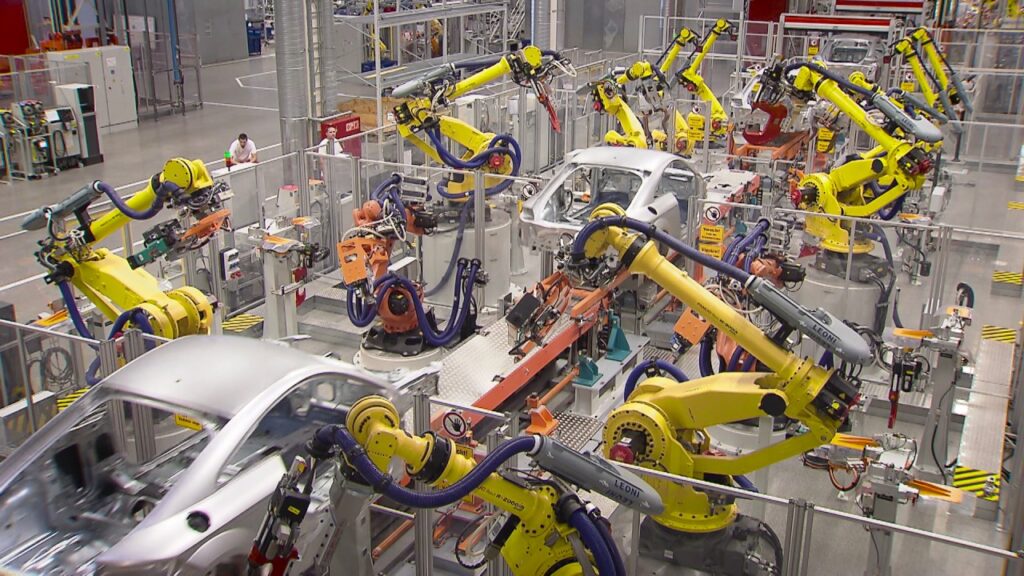Robotic Process Automation (RPA): Streamlining Mundane Tasks for Enhanced Efficiency
In today’s fast-paced business environment, teams often find themselves burdened with mundane and repetitive tasks that take up a significant amount of their time and energy. These monotonous activities not only hamper productivity but also leave little room for employees to focus on more strategic and value-added responsibilities. However, there is hope on the horizon – Robotic Process Automation (RPA), a transformative technology that streamlines daily workflows and empowers teams to achieve optimal efficiency.
RPA, as the name suggests, involves the use of robots or software bots to automate manual tasks and streamline business processes. These bots are designed to mimic human actions and interact with various software systems, driving operational efficiency and freeing up valuable human resources. The application of RPA spans across industries and sectors, revolutionizing the way organizations operate.
One of the key advantages of RPA is its unparalleled ability to handle mundane and repetitive activities with precision and speed. Whether it’s data entry, report generation, invoice processing, or customer support, RPA enables organizations to offload these tasks to bots, reducing the chances of errors, and delivering results at an accelerated pace. This significantly reduces the burden on human employees, allowing them to redirect their efforts towards more analytical and creative endeavors.
Furthermore, RPA brings with it a host of benefits that go beyond mere process automation. By leveraging RPA, organizations can achieve enhanced accuracy and compliance in their operations. Bots are programmed to follow pre-defined rules and regulations, ensuring that every task is executed consistently and in adherence to set standards. This not only minimizes the risk of errors or non-compliance but also adds an extra layer of transparency and traceability to the entire process.
Additionally, RPA facilitates better resource management within organizations. By automating manual tasks, teams can make more efficient use of their workforce and reallocate employees to roles that require human intervention. This not only helps in boosting employee morale and job satisfaction but also enables organizations to leverage their talent pool effectively. By having their employees engage in more complex and high-value tasks, businesses can unleash their full potential and drive innovation and growth.
When it comes to adopting RPA, organizations need to have a clear understanding of their existing processes and identify areas where automation can yield the greatest benefits. Mapping out workflows and evaluating the potential for automation is crucial to ensure a successful implementation. Additionally, RPA tools and platforms need to be carefully selected to align with the organization’s specific requirements and integrate seamlessly with existing systems.
The successful implementation of RPA requires a collaborative effort between technical engineers, third-party vendors, and company owners. Technical engineers play a pivotal role in configuring, testing, and monitoring the RPA bots to ensure smooth operations. Third-party vendors provide expertise in selecting the right tools and platforms, while company owners provide the necessary support and resources to drive the adoption of RPA across the organization.
As RPA continues to gain momentum, it is vital for organizations to stay up-to-date with the latest developments and trends in this field. The pace of innovation in RPA is rapid, with advancements such as artificial intelligence and machine learning further enhancing the capabilities of RPA bots. By keeping a finger on the pulse of this technology, organizations can ensure they remain at the forefront of efficiency and productivity.
In conclusion, Robotic Process Automation (RPA) offers a game-changing solution for organizations grappling with mundane and repetitive tasks. By automating these activities, RPA empowers teams to focus on more strategic and value-driven initiatives, enhancing overall efficiency and productivity. The benefits of RPA extend beyond mere automation, providing organizations with greater accuracy, compliance, and resource management. With the right implementation strategy and collaboration between stakeholders, RPA can truly transform the way businesses operate. Embracing RPA is no longer just an option – it is a necessity in the digital age.
Industrial Robot
Understanding Robotic Process Automation: Simplifying Complex Processes


